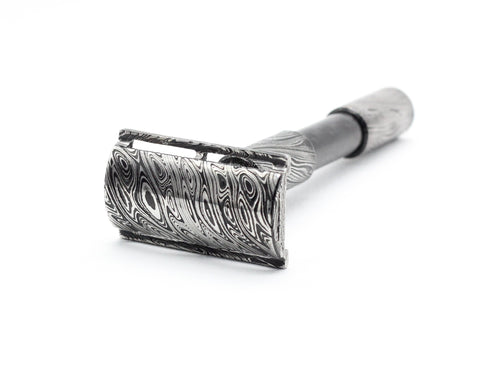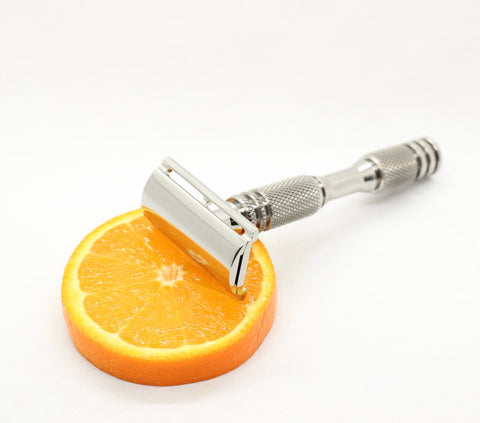
Frequently Asked Questions About Carbon Shaving Co.
How do I take care of my Carbon Shaving Cx safety razor? A simple rinse with fresh water followed by a bath in alcoho... Read more

Shaving with a Safety Razor: Frequently Asked Questions Answered
What is a men’s shaving kit? A men's shaving kit typically includes tools and products used for grooming and shaving.... Read more